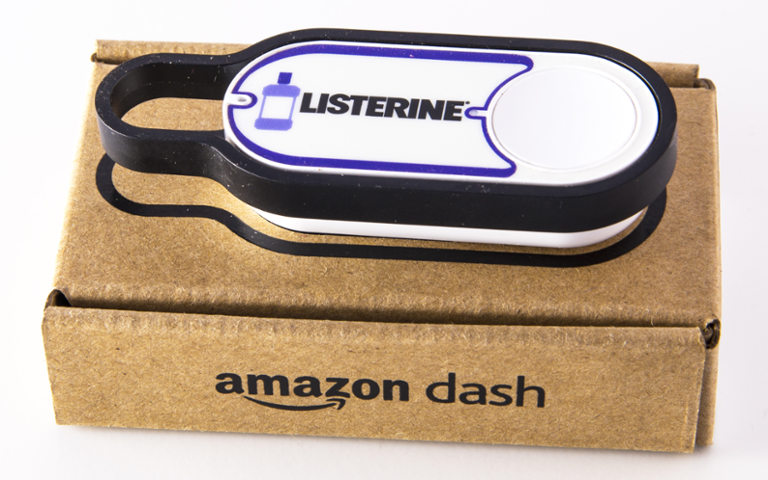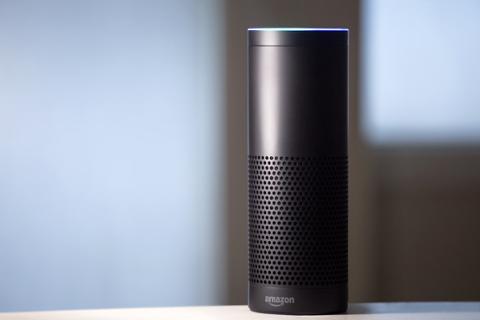Since the introduction of the Dash program, we’ve continued to work on making the shopping experience convenient and easy, and in some cases, even disappear for customers. With Dash Replenishment, we’ve launched hundreds of devices globally that automatically reorder essentials so customers don’t have to think at all about restocking. And we introduced virtual Dash Buttons, which are available digitally — whether online, in the Amazon App, through screened devices like Echo Show or on third party devices. We’ve also seen customers increasingly using programs like Alexa Shopping, which provides a hands free shopping experience, and Subscribe & Save, which lets customers automatically receive their favorite items every month. With this in mind, we’ve decided to shift the Dash program focus — as of February 28, Dash Button devices are no longer available for purchase on Amazon globally.(But never fear: Anyone who sprinkled their home with Dash Buttons will be able to use them indefinitely.) As with many Internet of Things products, the Dash Button was ultimately a redundancy with limited appeal. A re-order for laundry detergent via a Dash Button meant you were in your laundry room, with easy access to the Dash Button, and noticed at that moment you were running low on soap. It's the very definition of a narrow use-case. The pricing issue may have also played a serious role in Amazon’s decision; earlier this year, a German court ruled Dash Buttons illegal because they break consumer protection rules about informing customers about a price before buying. (Remember, the Dash Button has no screen or feedback mechanism for telling you the price of detergent has increased by four dollars.) The Dash Button was a clumsy stab at the connected home, and arrived well before digital assistants became so useful. It’s not clear how popular they were, but it’s easy to see how Amazon may have seeded them as a litmus test for Alexa: if we were okay with buttons dotting our walls, maybe we’d be okay with a voice assistant in every room, too. Speaking with CNET, Amazon Vice President (who helped the Dash program get up and running) Daniel Rausch said: “We never imagined a future where customers had 500 buttons in their home. We imagined a future where the home was taking care of itself, including replenishing everyday items that customers would rather not worry about.” When it comes to IoT and "smart houses," we’re moving away from tiny boxes packed with sensors, and into a realm where digital, voice-first assistants dominate our homes and lives.
Amazon Kills Dash Button, Showing IoT Weakness
The Amazon Dash Button, launched in 2015, was a programmable Internet of Things (IoT) button you could place anywhere in the home to re-order products. And now they’re useless. In a statement, Amazon says digital is beating physical:



